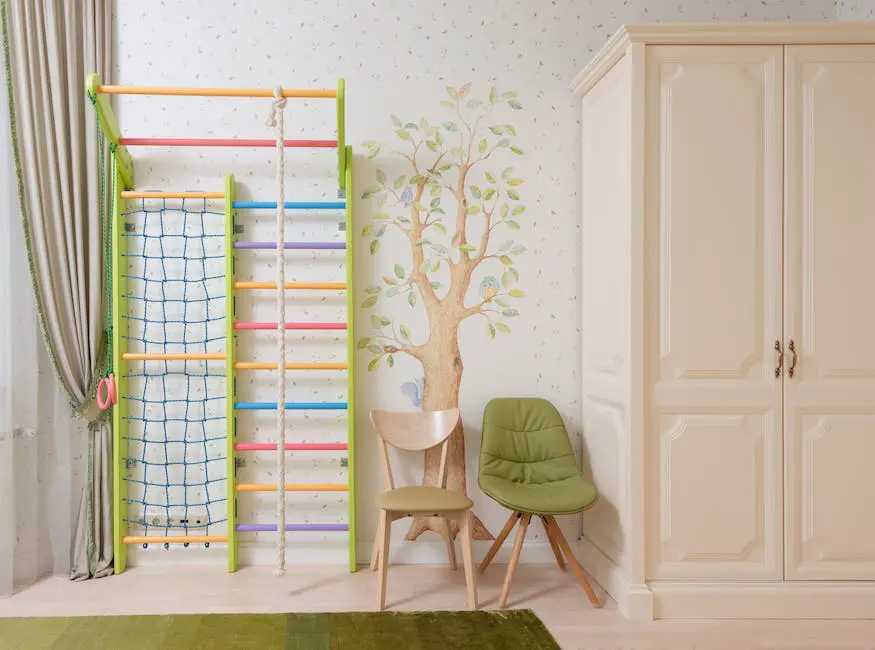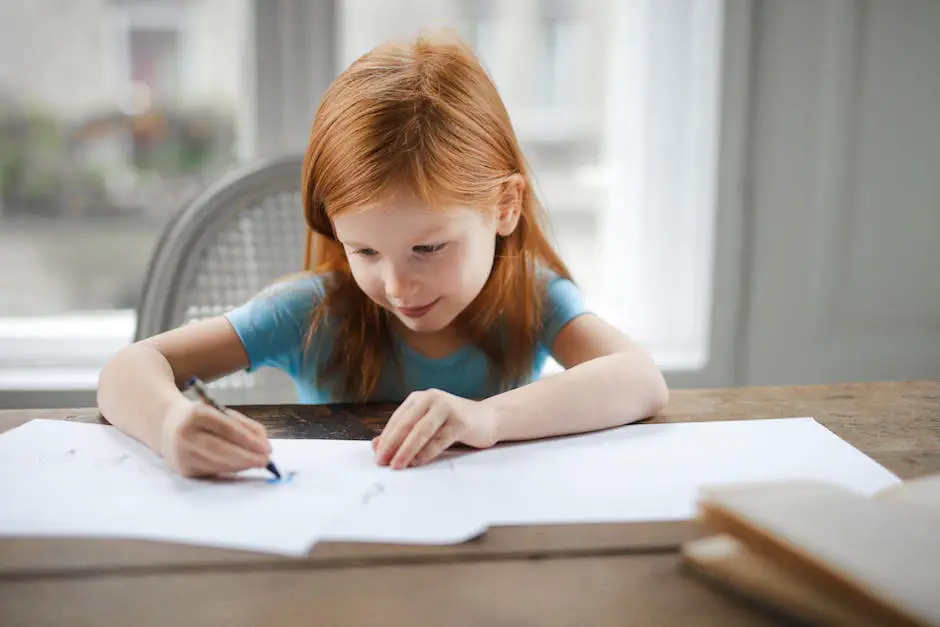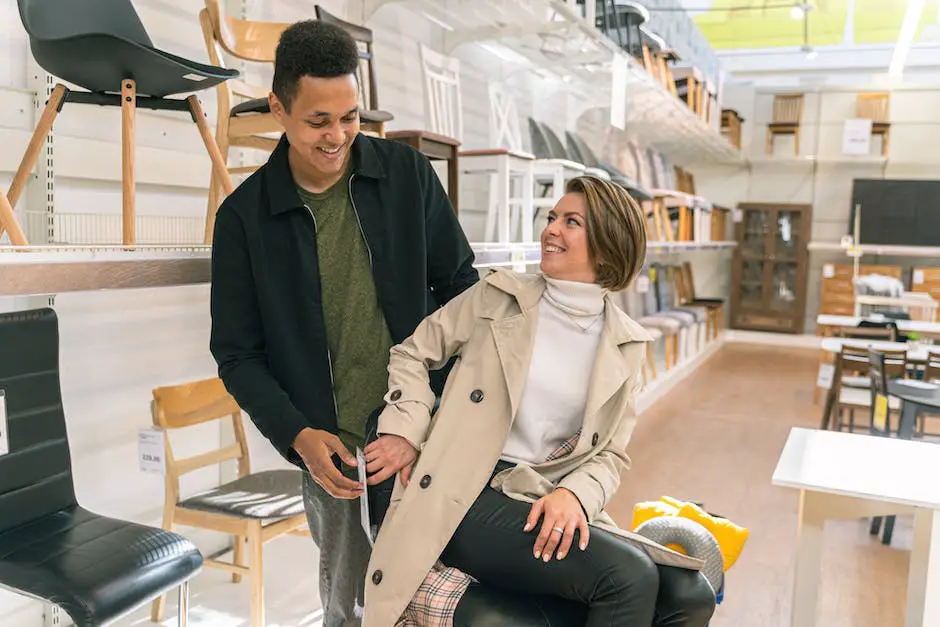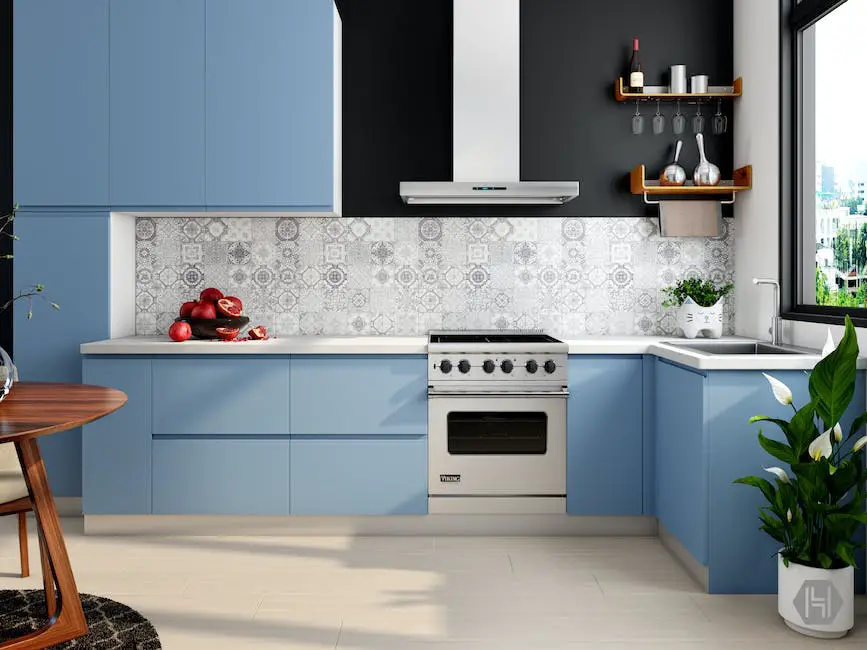Designing a child’s room is a creative and heartwarming task that amalgamates functionality, comfort, and safety into a unique space where a child can grow, play, and learn. Opting to use IKEA’s range of children’s furniture and decor can turn this task into a rewarding adventure as it promotes sustainable choices, educational enrichment, and playful design, suitable to accompany a child throughout their evolving growth stages. This essay provides a comprehensive guide to designing an IKEA kid’s room that caters to varying age groups, discusses the ecologically responsible materials used in IKEA’s children’s furniture, delves into the educational aspects infused in the products, and shares practical advice on assembly and maintenance.
Designing a IKEA kid’s room
Designing Principle: Creating Functional Spaces with IKEA Furniture
IKEA is known for its minimalist, functional, and affordable furniture, making it a popular choice for many families. When designing a kid’s room, the primary focus is to create a space that can serve multiple purposes. A room is not just a place for a child to sleep, but also a play, study and relaxation zone. With IKEA’s wide range of children’s furniture, which includes beds, desks, storage spaces, and customizable options, families can easily create a functional and comfortable environment for their child.
Focus on Comfort and Safety
Another fundamental principle in designing a kid’s room is comfort and safety. IKEA manufactures a variety of ergonomic and child-friendly furniture pieces. Beds, chairs, and tables are sized to be safe and accessible for children, lowering the risk of accidents. The materials used in the furnishings, such as paints and finishes, are also tested to be free from harmful chemicals, ensuring a safe environment for your child.
IKEA Catalogue: A Wide Range of Options
The IKEA catalogue offers a broad collection of furniture and décor items suitable for different age groups. From cribs for newborns to loft beds for teenagers, IKEA provides a versatile selection that grows with your child. Some popular options include the KURA reversible bed, which can be flipped upside down as your child grows, and the STUVA loft bed which combines a bed, desk, and storage space in one.
It also offers a variety of storage options, like the TROFAST storage series that incorporate bright, colorful bins ideal for storing toys and craft materials, teaching kids organization from a young age.
Adaptability: Adapting the Space as the Child Grows
One key element in designing a kid’s room is adaptability. Children’s needs and tastes change as they grow, and so should their space. IKEA specializes in providing adaptable and customizable furniture. For instance, the SMÅSTAD system is designed to adapt to your child’s developmental stages, providing flexibility to change layout and function as required.
Decorating with Purpose: Creating a Stimulating Environment
Decorating a child’s room is as important as picking the right furniture. A well-decorated room can serve to stimulate a child’s imagination, encourage creativity, and provide comfort. IKEA’s catalogue presents a plethora of rugs, lampshades, curtains and wall decorations that can add style and character to any kid’s room. Whether your child prefers a colorful, playful theme, or a more neutral, calm setting, there is an array of options suitable for everyone.
Creating Your Ideal IKEA Kid’s Room
When it comes to fashioning a kid’s room with IKEA, the key is to focus on functionality, safety, adaptability, and purposeful décor. It’s about more than just aesthetics; it’s about designing a space that is not only comfortable and practical but also evolves with your child’s needs. To accomplish this, one can start by exploring the vast IKEA catalogue and getting an understanding of your child’s unique preferences.

Sustainably Sourced IKEA furniture pieces
Sustainability: A Core Consideration in IKEA’s Kid’s Room Furniture
IKEA has consistently demonstrated a commitment to sustainability, notably through their range of children’s room furniture. The company takes immense pride in its responsible sourcing practices, incorporating stringent standards to ensure the materials utilized in their products are not only safe for use but also kind to the environment. It’s this commitment to sustainability that sets IKEA’s kid’s room furniture apart.
Environmentally-Friendly Materials and Durability
IKEA uses a variety of environmentally-friendly materials in the creation of its kid’s room furnishings. This includes sustainably sourced wood, recycled plastics, and low-impact textiles. For example, by the end of 2020, IKEA achieved its target of sourcing 100% of its wood from more sustainable sources, like Forest Stewardship Council (FSC) certified or recycled wood.
Its use of recycled plastic has been innovative. IKEA takes old plastic bottles and transforms them into functional and stylish components of children’s room furnishings. For instance, IKEA’s TROFAST storage series uses this recycled material, creating durable products that help extend the plastic life cycle and decrease environmental impact.
Beyond these tangible materials, IKEA also uses water-based lacquer on its children’s products. This kind of lacquer doesn’t contain solvents that are harmful to the environment, contributing to IKEA’s overall eco-friendly commitment.
Safety Features and Testing
IKEA doesn’t compromise on safety when it comes to sustainably sourced furniture. All items destined for a child’s room undergo rigorous testing to meet international safety standards. This extends to everything from bunk beds, which are tested for stability, to small knob handles, which are tested to ensure they can’t be easily swallowed.
IKEA also takes precautions to ensure any chemicals used in their products are safe for children. For instance, textiles used in their children’s products are tested for harmful and prohibited substances, as are the plastics used in their toys.
Improving Air Quality and Energy Efficiency
Another important aspect of IKEA’s sustainability mission is to improve indoor air quality. IKEA has committed to phase out hazardous chemicals from its products, including formaldehyde, which is commonly found in furniture and can have serious health effects with prolonged exposure.
Furthermore, many of IKEA’s products are designed to improve energy efficiency. For example, they offer curtains that reduce light and insulate windows, ultimately leading to decreased energy usage for heating or cooling.
Choosing IKEA for Eco-friendly Kid’s Room Furniture
By focusing on sustainability and employing eco-friendly materials, IKEA offers a responsible choice for parents seeking furniture for their children’s rooms. These consciously produced pieces not only contribute to a healthier planet for the next generation but also present a safe and sturdy environment for kids’ interactive play and learning today.

Incorporating educational elements
Enhancing Learning through Decor: IKEA’s Kids Room Furniture
Acknowledged globally for its innovative furniture design, IKEA aspires to inspire learning and creativity among children through its unique furniture selection for kids’ rooms. Through an exceptional blend of functionality and enjoyment, IKEA provides a setting that kids can truly own, thereby stimulating their educational growth.
IKEA’s approach includes the integration of clever storage solutions in their children’s furniture range. The famous TROFAST storage series, for example, is conceptualized as a modular system that enables kids to effortlessly access storage for toys and books. Also, it can be reorganized as per the child’s growth and changing requirements, demonstrating a strategic way to maintain order and cleanliness.
The FLISAT collection from IKEA epitomizes the brand’s vision of merging routine items with elements of learning. This collection features adjustable book displays and desks, empowering children to design their individual study spaces. The FLISAT range promotes decision-making and organization abilities among children by offering them control over their own space.
These combined storage solutions foster a systematized environment promoting focus, eventually nurturing better study habits and enhanced concentration among children.
Promoting Learning Through Play Areas
Being strongly rooted in the philosophy that children learn best through play, IKEA has designed various ranges to foster this aspect of development. One such series is the DUKTIG range promoting make-believe play, from a play kitchen to a doll’s house. Such pretend play can help children develop problem-solving skills, creativity, and social-emotional competence.
Moreover, IKEA’s diversity in the children’s furniture range which includes the practicality of child-sized tables and chairs to whimsy additions like a circus tent or a miniature supermarket, allows for further expansion of imaginative play that develops creativity and interactive skills.
Workstations as Learning Tools
Crucial to any educational setup at home are workstations. IKEA’s collection of children’s desks is designed to grow with them, with adjustable height features, space for books, stationery, and more. This catered workspace provides a dedicated area for children to focus on homework, art projects, or other learning tasks.
In addition to providing a tangible space for studying, having a distinct section of the room dedicated to academic tasks can help children develop a routine and understand the importance of managing their time effectively.
Moreover, IKEA offers chairs that are the right size for children and are comfortable for long hours of use. Proper seating posture promotes better concentration, preventing distractions caused by discomfort.
Overview
When it comes to designing children’s rooms, IKEA underscores the importance of developmental growth through practical, yet imaginative designs. The company employs an array of multi-use storage solutions to foster organization skills, alongside dedicated workstations to instill the value of focus and time management. IKEA’s children’s range is carefully crafted to accommodate a child’s evolving needs and stimulating their educational development. The innovative touchpoints ensure the provision of comfort, aligning with the child’s physical growth, a unique approach strategized by the Swedish furniture behemoth.

IKEA Kid’s room assembly and maintenance tips
Tips for Successful Assembly of IKEA Kid’s Room: Building the Ideal Environment for Your Child
The assembly of IKEA’s kid’s room furniture might feel challenging at first, but with a little patience, organization, and precision, it can be quite straightforward. Make sure you start by clearing enough room for the assembly process and keeping the tools and smaller parts coherently organized. IKEA’s assembly instructions are renowned for their simplicity and user-friendly diagrams that guide you through each step.
When assembling larger pieces such as bunk beds or cabinets, help from a second person could be invaluable when attaching weighty components. Re-checking each step before moving to the next is fundamental to the process, as missing or incorrectly performing a step could impact the entire assembly.
Utilizing the right tools can also streamline the process. Most IKEA pieces can be put together using standard household tools, with a handful requiring specialized ones like an Allen wrench, which are typically provided with the furniture package.
Maintaining IKEA Kid’s Room Furniture: Ensuring Longevity and Safety
Maintaining IKEA furniture helps to ensure it lasts as long as possible and remains safe for your child. Regularly check the furniture for any signs of wear and tear or damage. Tighten any loose screws, and if necessary, replace the damaged parts.
Cleaning is also vital to the maintenance process. Use a damp cloth and a mild cleaner to wipe down furniture surfaces. Avoid the use of harsh chemical cleaners, as these can damage the finish and potentially pose risks to your child.
For furniture items like cabinets and drawers, ensure they are securely anchored to avoid tipping over, posing a safety risk. IKEA provides restraints with its furniture; always impact those for added safety.
Routinely inspect the furniture, especially beds, to ensure there are no exposed or sharp edges that could potentially hurt your child. Such edges can occur over time due to wear.
Repurposing and Modifying IKEA Kid’s Room Items
IKEA’s kid’s room furniture is designed to grow with your child. As your child advances in age, you might want to consider repurposing some items instead of replacing them. This will not only save you money, but it also allows creativity and uniqueness in personalizing your child’s space.
For instance, an IKEA KURA reversible bed can be an excellent investment. At a younger age, the bed can be placed at a low level. As your child grows, you can raise it to transform into a loft bed.
Similarly, shelves can be repurposed into desks with minor modifications, and storage boxes can evolve to accommodate your child’s changing storage needs. Always remember that any modification should prioritize the safety and functionality of the furniture item.
In conclusion
Assembling, maintaining, and repurposing IKEA furniture for your kid’s room can be a fun and satisfying task. By following the mentioned tips, you can create a space that will adapt and evolve along with your child’s growth and needs.

With the comprehensive understanding gained from our exploration, it becomes clear that designing a kid’s room with IKEA’s range proves to be more than mere aesthetics. It’s an investment in sustainably crafted, durable furniture that evolves with your child’s growth and learning. Not only can you create a space that’s comfortable and visually appealing, but a stimulating environment packed with valuable educational elements. Furthermore, IKEA’s user-friendly assembly and smart maintenance tips can make for a smooth, stress-free experience for parents. Thus, an IKEA kid’s room can indeed be a haven – a perfect blend of creative design, functionality, sustainability and bountiful learning opportunities.


